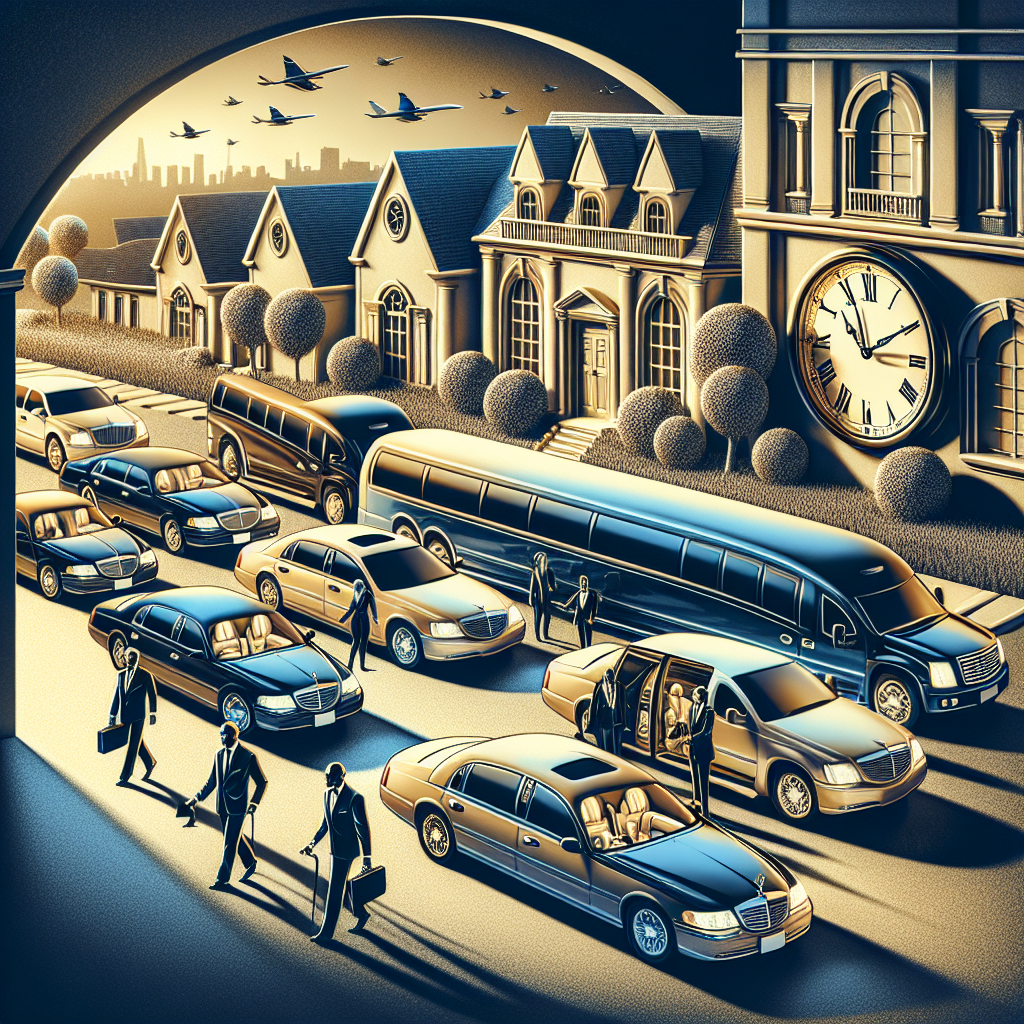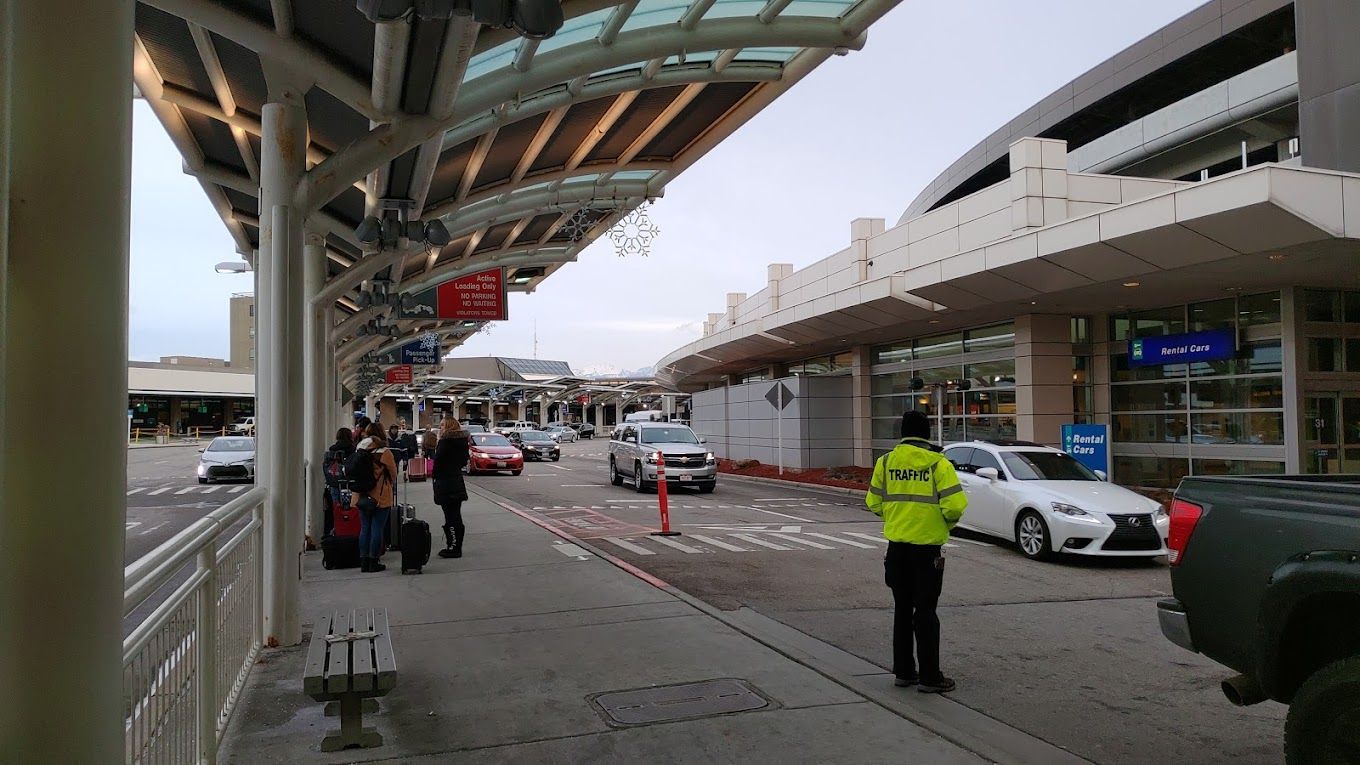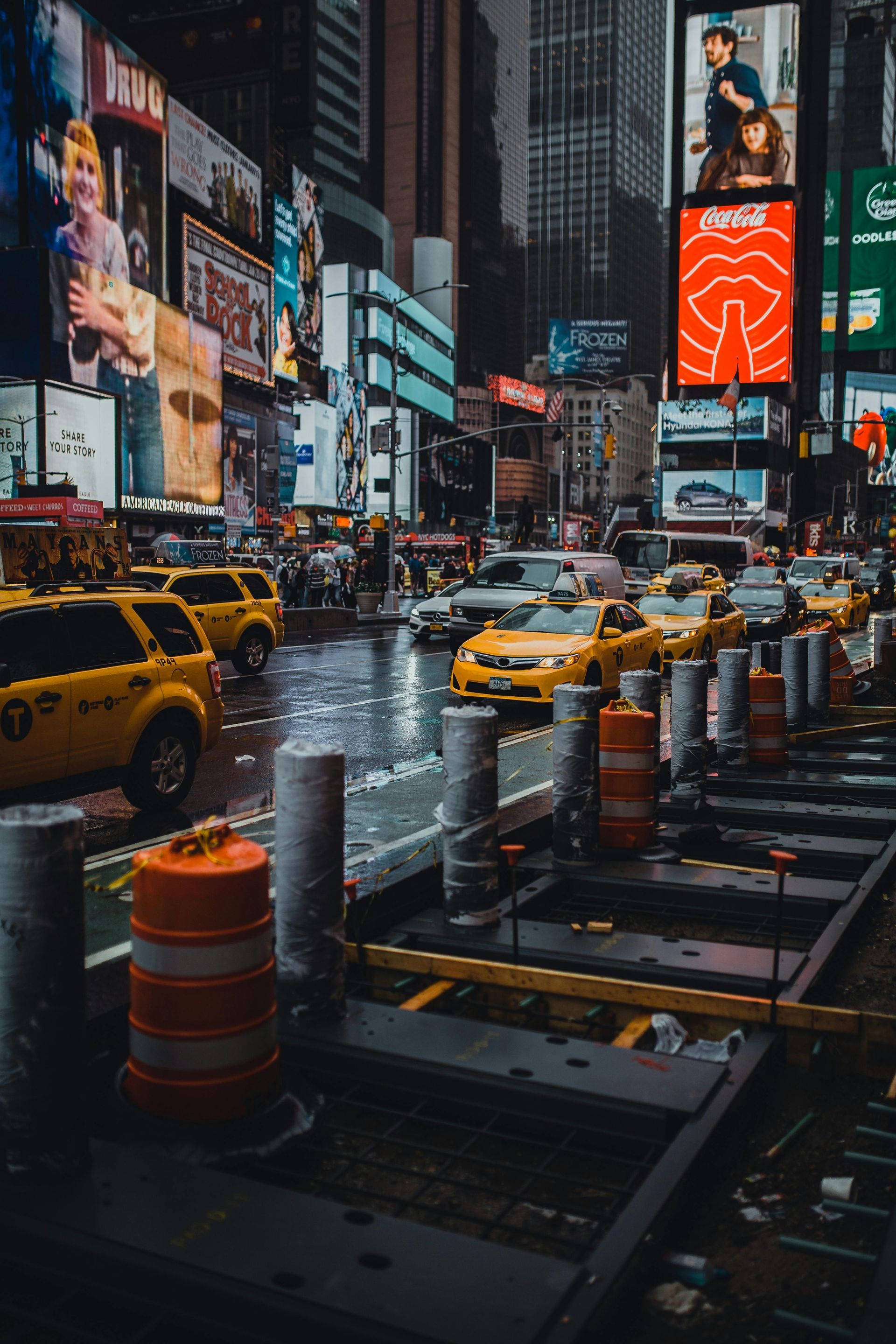The Gig Economy's Impact Over the Last Decade

The Gig Economy's Impact Over the Last Decade
The gig economy has revolutionized our lives in the past ten years. These changes have become our new normal, from Uber rides and electric scooters to Airbnb listings. Most of us have probably participated in at least one of these services, enjoying improved travel, accommodation, and customer service experiences. The convenience and cost savings are undeniable.
Historical Context and Modern Relevance
The gig economy isn't a 21st-century invention. Before the Industrial Revolution, people engaged in gig-like work through farming, transportation, and sharecropping. Today's gig economy mirrors those earlier forms of employment, emphasizing flexibility and short-term engagements.
Interestingly, the 40-hour workweek is a relatively recent development. Yet, we're now seeing a shift back to gig work. This shift raises questions about job stability and employee conditions in modern society. How does this trend impact the American economy, people, and government? By examining the past, we can uncover gig work's benefits, challenges, and consequences.
The Shift Back to Gig Work
During the agricultural and industrial revolutions, skilled labor was essential. Businesses and governments invested heavily in science and research, believing it would bring power and achieve cherished goals. Today, the rise of the gig economy is primarily driven by venture capital (VC) funding. The tech boom of the 1990s led VCs to invest in companies with rapid growth potential, aiming to achieve profitability later.
Amidst this tech growth, the 2008 recession hit, leading to new economic concepts. Millennials entered the workforce, prioritizing experiences over ownership. This created a surge in demand for gig work, while supply grew as people sought supplemental income with minimal investment.
Venture Capitalists and Their Impact
Venture capitalists have played a pivotal role in the gig economy's expansion. Platforms like Airbnb, Uber, and Lyft disrupted traditional industries, creating new "unicorns." While consumers benefit from competitive prices, gig workers often struggle with low wages. Meanwhile, VCs, founders, and employees reap significant profits.
What does this mean for the American middle class? Gig platforms provide additional income sources, but why do many middle- and lower-middle-class individuals find themselves taking on multiple jobs? Rising costs for essentials like healthcare and education eat into their earnings. The gig economy often relies on government subsidies for healthcare and welfare, creating a disparity between corporate profits and worker pay.
The Gig Economy's Future
According to the U.S. Bureau of Labor Statistics, 16.5 million people are part of the gig economy. A Future Workforce Report from Upwork shows that 59% of U.S. companies use flexible workforces. While businesses save money, gig workers face unpredictable incomes, lack of retirement benefits, and no health insurance.
The gig economy is here to stay, driven by globalization, technology, and the rise of smartphones. However, gig workers lose traditional safety nets, increasing the government's burden. Raising taxes to support these workers could slow economic growth, impacting future generations.
Conclusion
America remains an innovator but is now facing a new kind of poverty. The middle class is shrinking, reversing the "American Dream." People struggle to reach their goals despite hard work. What should be done?
Companies should focus on shareholder value while the government enforces rules to protect workers. History shows that wealth imbalances lead to societal unrest. Current economic statistics don't predict the future, and we need to address these issues now. Without stronger safety nets for gig workers, gig capitalism cannot endure.
What do you think? How can we balance innovation with worker protection? Share your thoughts in the comments.














